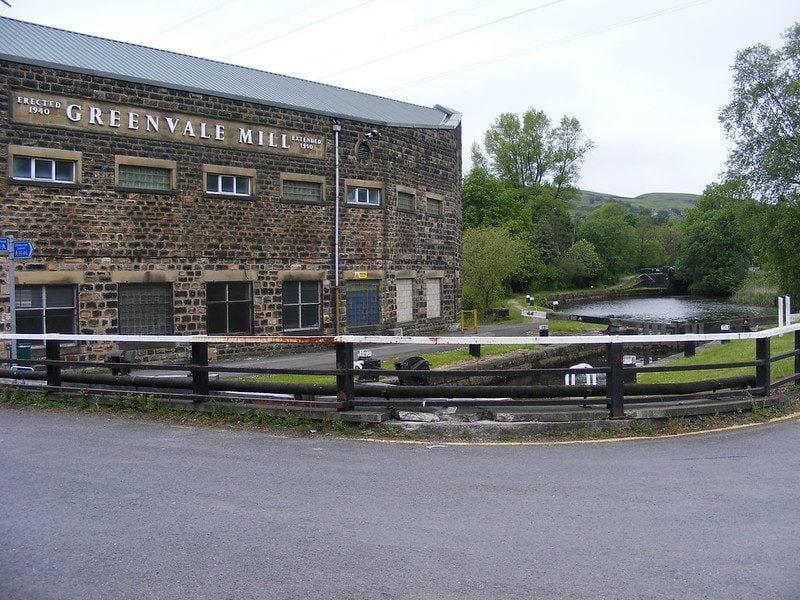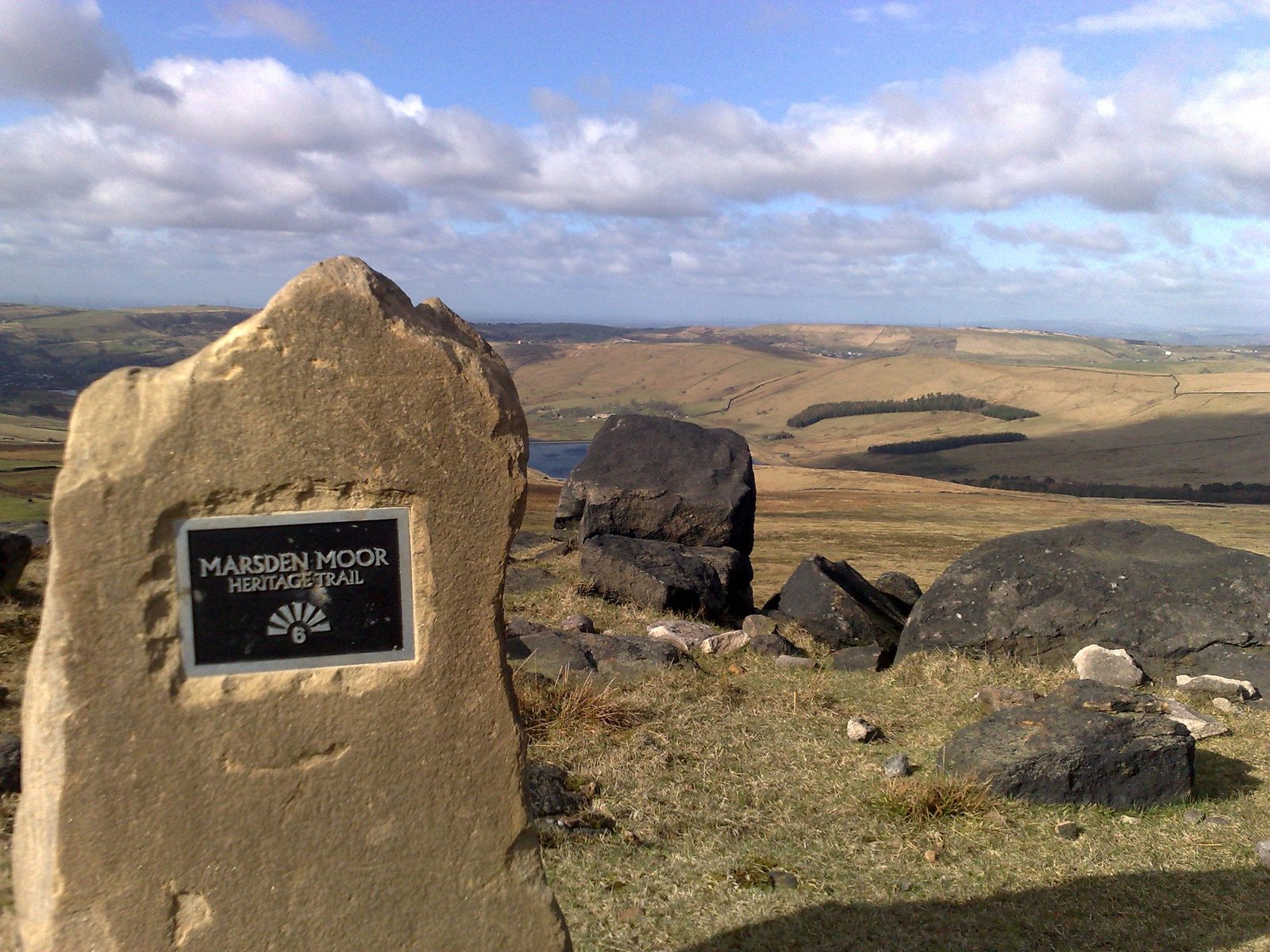The Industrial Revolution in Littleborough: A Tale of Growth and Change
Littleborough, a small town in Greater Manchester, underwent significant transformation during the Industrial Revolution. This period of rapid change reshaped the town’s landscape, economy, and society. Let’s explore how Littleborough developed during this crucial era.
Transportation Revolution
The Industrial Revolution brought major improvements to Littleborough’s transport links. Firstly, the Rochdale Canal was completed in 1804[1]. This waterway was crucial for moving goods and materials. Secondly, the Manchester to Leeds Railway arrived in 1839[2]. The railway station opened that year, connecting Littleborough to major cities.
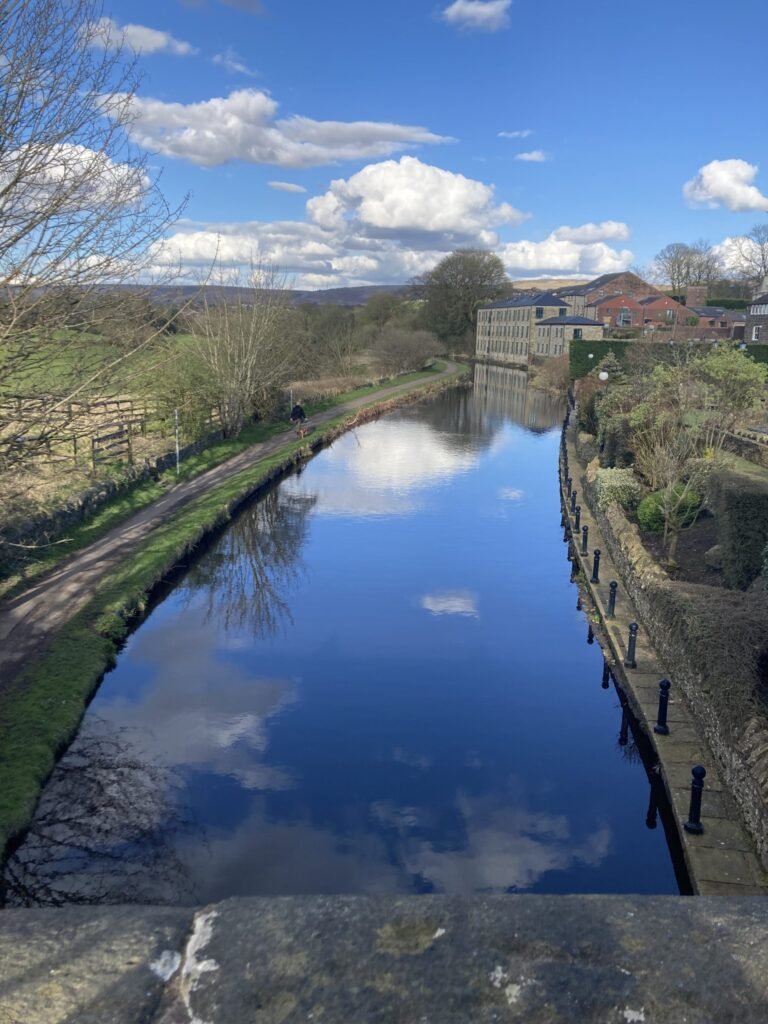
These new transport routes were vital for the town’s growth. They made it easier to bring in raw materials. Also, they helped send out finished products. As a result, Littleborough became a hub of industrial activity.
Textile Industry Boom
Durung the Industrial Revolution in Littleborough, its textile industry expanded dramatically. Before, the town was known for woollen weaving[1]. However, this changed with the arrival of new technology. The focus shifted from wool to cotton production.
Many cotton mills were built in Littleborough. These mills used machines to produce textiles on a large scale. Consequently, the town’s economy grew rapidly. Many workers moved to Littleborough for jobs in these new mills.
Diversification of Industry
While textiles dominated, Littleborough’s industrial base became more diverse. Coal mining became an important industry[3]. Several coal pits opened in the area. Additionally, engineering firms set up in the town. Stone quarrying and brick-making also contributed to the local economy.
This diversity made Littleborough’s economy more resilient. It wasn’t reliant on just one industry. As a result, the town continued to grow and prosper.
Population Growth and Urban Development
The industrial boom led to significant urban growth in Littleborough. Many workers moved to the town for jobs. Consequently, the population increased rapidly. New homes were built to house these workers and their families.
The town centre expanded during this time. Many new stone buildings were constructed. These buildings gave Littleborough its distinctive character. Some of these structures still stand today, reminding us of this period of growth.
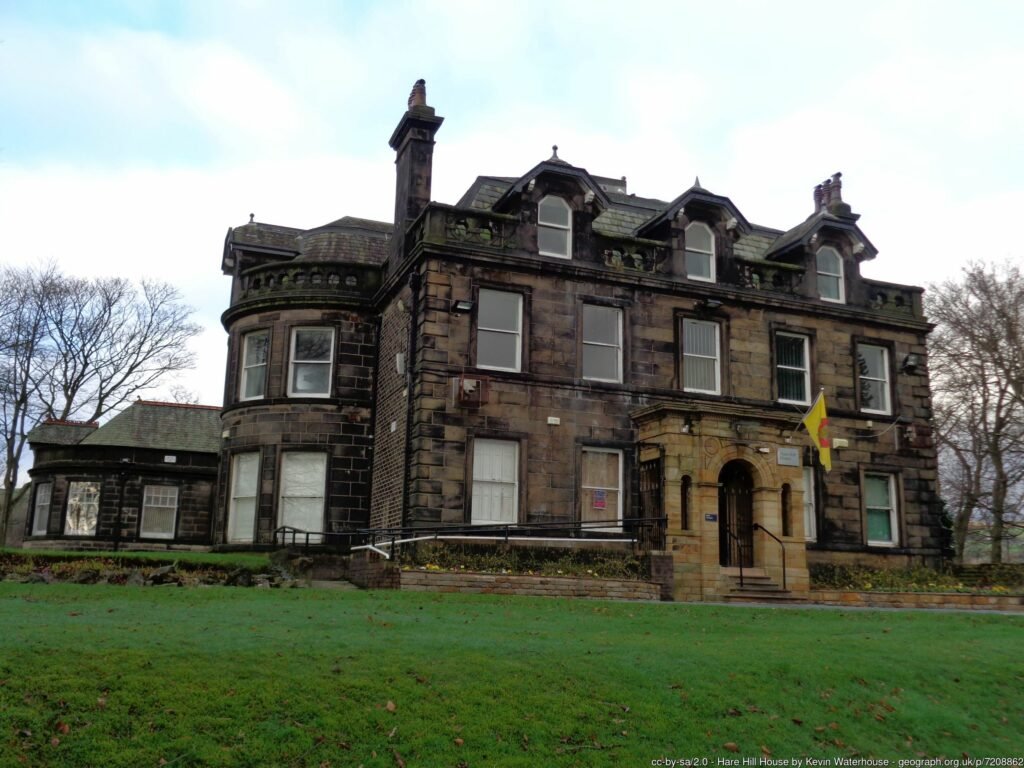
Social and Civic Development
The Industrial Revolution brought about social changes in Littleborough. New institutions were formed to support the growing community. For instance, the Co-op Society of Industry was established in 1850[2]. This organisation helped workers access affordable goods.
Moreover, the Littleborough Society opened for business in 1851[2]. This society played a crucial role in the town’s development. It provided financial services to local people and businesses.
Recreational Developments
Despite the focus on industry, leisure activities weren’t forgotten. Hollingworth Lake became a popular recreational area[1]. Originally built as a reservoir for the canal, it turned into a local attraction. By the mid-19th century, it was known as the “Weighvers’ Seaport”[1].
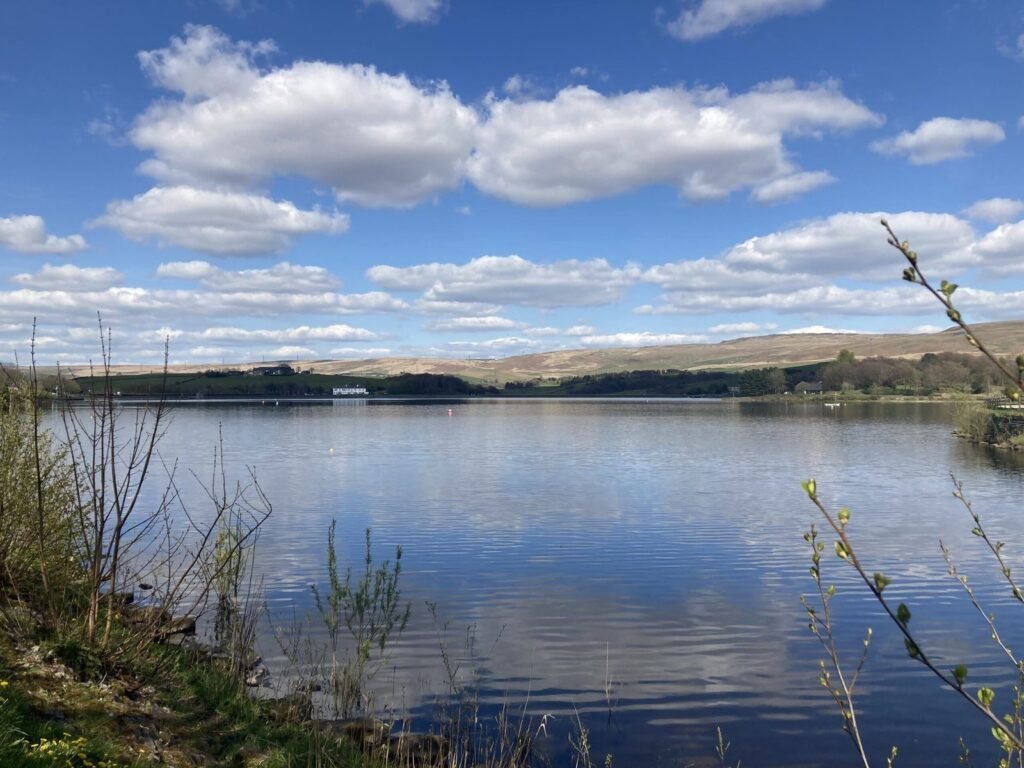
The lake provided a welcome escape for mill workers. It offered boating, fishing, and other outdoor activities. This development shows how industrial growth also led to new leisure opportunities.
Local Governance
As Littleborough grew, it gained more administrative independence. In 1894, the Littleborough Urban District was established[3]. This meant the town had its own district council. The council could make decisions about local issues. This change reflected Littleborough’s growing importance as an industrial centre.
Challenges and Changes
The Industrial Revolution wasn’t without challenges for Littleborough. Working conditions in the mills were often harsh. Pollution from factories and coal mines affected the environment. However, these issues were common to many industrial towns of the era.
Despite these challenges, the Industrial Revolution transformed Littleborough. It changed from a small hamlet into a thriving mill town. This period laid the foundation for the town we see today.
Conclusion
The Industrial Revolution had a profound impact on Littleborough. It brought new industries, improved transport links, and population growth. The town’s landscape changed with the building of mills, homes, and civic buildings. New social institutions emerged to support the growing community.
Today, Littleborough’s industrial heritage is still visible. The stone buildings, former mills, and canal remind us of this important period. The town’s development during the Industrial Revolution shaped its character for generations to come.
Littleborough’s story is a microcosm of the broader Industrial Revolution. It shows how technological changes can transform a small town. The legacy of this period continues to influence Littleborough today.
References
- Lancashire OnLine Parish Clerk. (n.d.). District Home – Lancashire OnLine Parish Clerk. Retrieved from https://www.lan-opc.org.uk/Rochdale/Littleborough/home.html
- Manchester History. (n.d.). Littleborough. Retrieved from https://manchesterhistory.net/rochdale/COMMUNITIES/littleborough.html
- Wikipedia. (n.d.). Littleborough, Greater Manchester. Retrieved from https://en.wikipedia.org/wiki/Littleborough,_Greater_Manchester
Citations: [1] https://www.lan-opc.org.uk/Rochdale/Littleborough/home.html [2] https://manchesterhistory.net/rochdale/COMMUNITIES/littleborough.html [3] https://en.wikipedia.org/wiki/Littleborough,_Greater_Manchester [4] https://kids.kiddle.co/Littleborough,_Greater_Manchester [5] https://clogsandclippers.blogspot.com/2019/03/littleborough-in-lancashire.html [6] https://russellhomes.co.uk/news/little-histories-of-littleborough [7] https://www.rochdaleonline.co.uk/news-features/33/littleborough-news/46214/focus-on-littleborough-a-place-that-hasn%E2%80%99t-changed [8] https://www.littleboroughshistory.org

